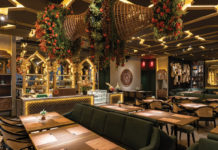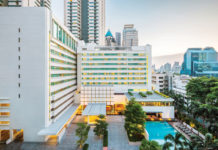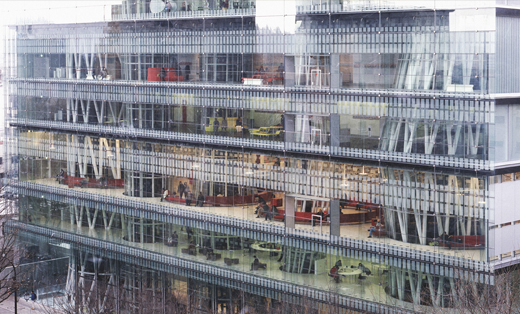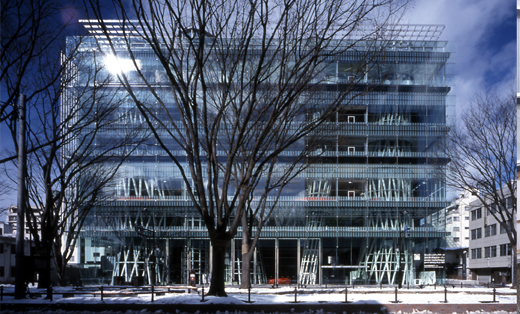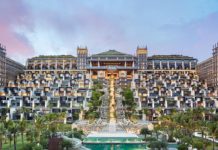Toyo Ito: Artistic Courage
This year’s prestigious Pritzker Architecture prize goes to the incredibly humble and deserving tokyo-based architect, Toyo Ito. During his acceptance speech at the black tie event held at the John F. Kennedy presidential library museum in Boston, Ito described receiving the accolade as the ‘best day of his architectural life so far’.
Standing to great applause, Ito thanked his collaborators and staff, past and present, with which he has worked with over an impressive 42-year career. As Ito generously noted, “Making architecture is not something one does alone, one must be blessed with many good collaborators to make it happen”. Tom Pritzker, chairman of The Hyatt Foundation, which has sponsored the worldwide honour since the award’s founding in 1979, presented Ito with a medallion for 2013 as well as a grant worth US $100,000. As the thirty-eighth recipient of the prize, Ito’s win is seen as recognition of a lifetime’s achievement in architecture.
Known for creating conceptual architecture in which he seeks to simultaneously express the physical and virtual worlds, one of Ito’s most recognised works is his contemporary architectural masterpiece, Sendai Mediatheque, often referred to as the ‘transparent library’. Completed in 2001 in downtown Sendai in the Miyagi Prefecture, the building was conceived as a transparent cube through which thin floor plates float suspended on organic-looking seaweed-like tubes. The cube is meant to be read as a small representative element of an infinite, viscous information space, with the four edges sealed with glass facades which, through their reflections, allow the building to alternately dematerialise or repeat itself creating a kind of ephemeral connection with infinite space.
The dramatic structure blends harmoniously with the surrounding urban environment during the daytime due to its reflectivity, while at night the interior lighting scheme transforms the volume into a multi-hued lantern. The ground floor is conceived as an extension of the street, with a café, bookstore, and event plaza sitting freely (without partitions) within the ground floor space, with views to the sidewalk through the double-glazed façade facing Jozenji Street. This extension of the city into the building continues throughout all seven floors above ground; a gesture which reinforces Ito’s resistance to the rigid limitation of activities in the building. Sendai Mediatheque is renowned as a pioneering example of attempts to use new notions of ‘media’ as an architectural concept.
Internationally renowned for his striving to create flexible spaces that appeal to the human senses, the 72-year-old draws most of his inspiration from the organic forms of nature and prioritises fluidity between the natural world and the built form in his designs. Yet despite having a specific perspective on what architects and architecture should aspire to be, Ito defies definition – each of his many works is extremely unique and he is famous for being able to ‘synthesise many architectural languages and functionalities in the expression of one personal ‘syntax’.
“I make it a point to keep visiting the site of the earthquake and tsunami that hit Japan two years ago,” he explains. “Each time I go I am reminded of the powerlessness of technology in the face of nature’s fury. This was a catastrophe brought about by human pride vis a vis nature. I believe that the time has come for us to take back our closeness to nature, to open our humdrum city grids to nature’s abundance, and to rebuild a more vibrant and human environment. I urge all of us architects to work together to send out a new message to the next century, one that is as bright and full of hope as the one transmitted by our predecessors a century ago. In order for this to happen, we architects must transform ourselves. Let us not fixate on minor differences, but rather work together to find a message for the next generation that we can all share.”
Summing up exactly what everyone in the library was feeling, Tom Pritzker described Ito and his work in a clear, poetic speech. “It is courage – artistic and political – that we celebrate here tonight in this building. It is artistic courage that we celebrate in the works of our newest Pritzker Laureate – Toyo Ito. It is the courage to aspire to affect people – physically and emotionally – that is at the basis of Toyo Ito’s work.”




